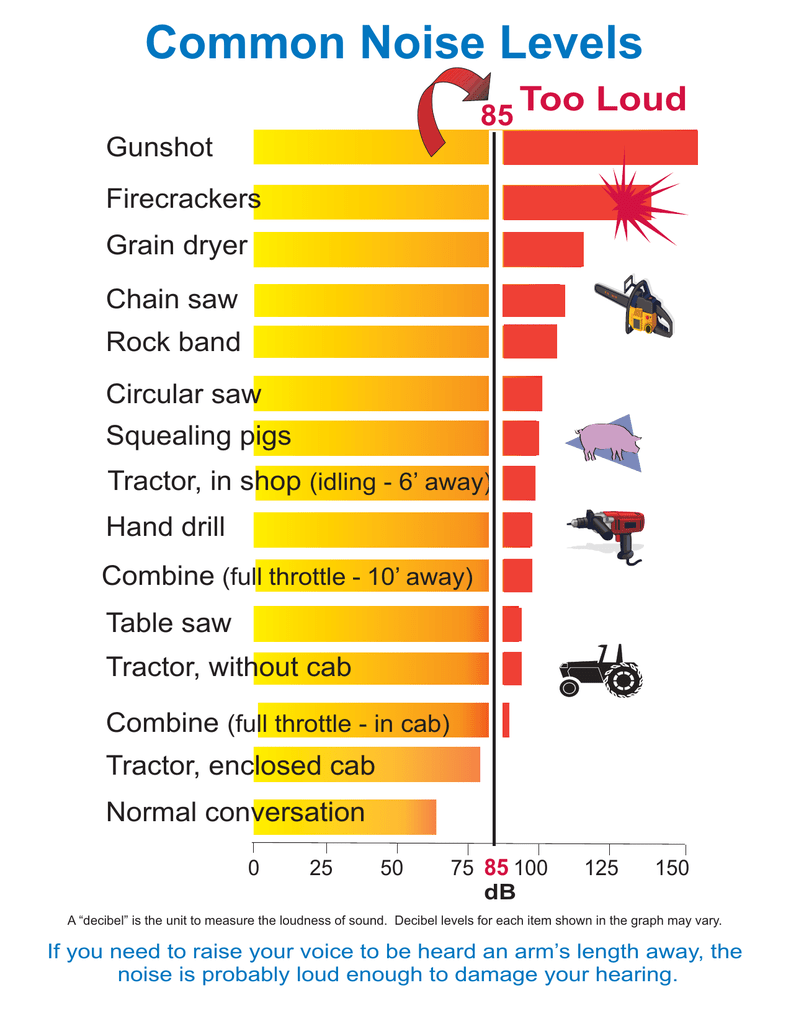
#Decibel exposure chart android#
The best way to measure noise levels is to use a dedicated sound level meter, but there are also several sound meter apps that allow you to measure noise using Android or iOS devices, such as iPhones. To find out more about these regulations, click here to view our article on managing noise exposure. Employers must also measure noise to ensure that they are complying with health and safety regulations, such as the Control of Noise at Work Regulations 2005, which outline several noise exposure limits. Understanding noise and being able to measure noise levels is very important because exposure to loud noise can damage a person's hearing and lead to permanent hearing loss.

There are three other scales used: B, C and D. The letter after the rating indicates the scale that is being used, with the A scale using a curve that attempts to mimic the way that the human ear hears sound. Some decibel ratings will also have a letter after them, such as dB(A) or db(C). We have also created an infographic that illustrates how the decibel scale works, and shows the decibel ratings for several common sounds: Some common sounds, and their decibel ratings, include: The decibel scale measures noise logarithmically, which is similar to how our ears perceive sound, so a sound 10 times more powerful than 0 dB is 10 dB, a sound 100 times more powerful than 0 dB is 20 dB, a sound 1,000 times more powerful than 0 dB is 30 dB, and so on. The decibel (dB) is a unit used to measure the intensity of a sound.
#Decibel exposure chart how to#
In this article, we will look at how to measure noise levels, and the units used to measure it.

For this reason, it is essential that employers take steps to measure the noise levels in a workplace and take any preventative measures required to reduce a person's exposure to noise. The problems caused by exposure to noise are permanent and usually develop gradually, which can make them difficult to identify early. It can also contribute to other health conditions such as psychological problems, trauma, depression, irritation, high blood pressure and cardiac arrest. Frequent exposure to noise can have serious long-term effects on a person's hearing, with the HSE estimating that 14,000 workers suffered from work-related hearing problems, such as deafness or tinnitus, between 2018//21. Noise describes any unwanted sound that we hear.


 0 kommentar(er)
0 kommentar(er)
